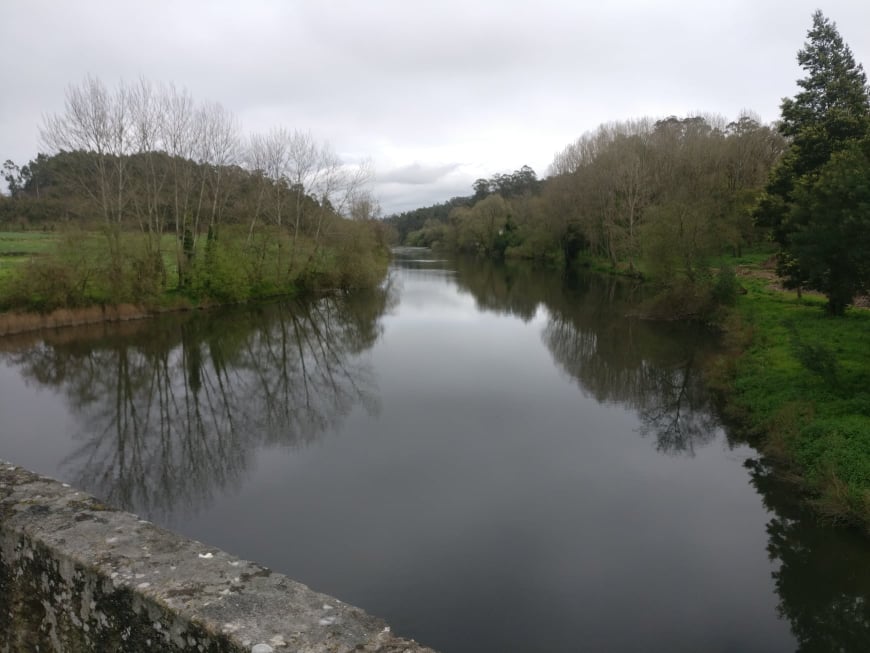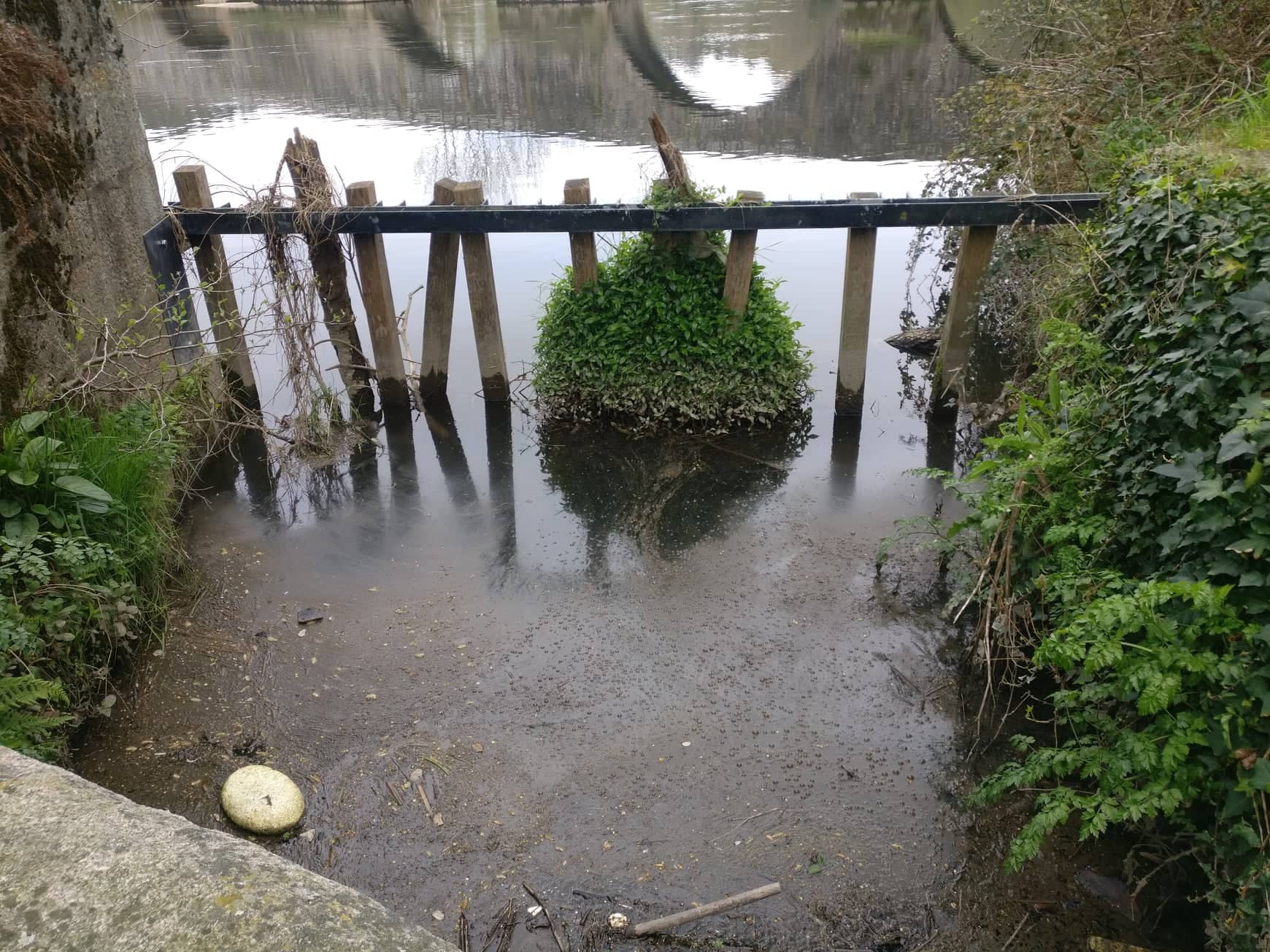After getting to know a number of industries and their activities, we defined as our next step the understanding of how the environment is reacting to these industries, and how it is affecting the water bodies and it’s fauna and flora, for this we selected a various points of relevance along Rio Ave course to colect water samples that we feel will provide us with detailed information on the effects of the various types of pollution agents and their sources.

For this, we were able to secure the cooperation of GRAQ, a division of investigators from ISEP (Superior Institute of Engineering from Porto) to whom we would like to express our gratitude form their amazing help and disponibility.
The textile industry is one of the biggest polluters on the planet. Textile mills generate one-fifth of the world’s industrial water pollution and use 20,000 chemicals, many of them carcinogenic, to make clothes. Chinese textile factories alone produce about three billion tons of soot—air pollution linked to respiratory and heart disease — every year by burning coal for energy. Most of the world’s textile factories are in developing countries where governments can’t keep pace with the industry’s massive pollution footprint.
The CBI presented us with the challenge of solving one of the most challenging problems faced in the world, the preservation of underwater life and water in general. As a starting point, we chose Rio Ave to start our research. Our objective is to identify the impact of the industry in this river and from there develop solutions to restore the quality of this watercourse. 40 years ago this river was known by locals as the perfect place to take a bath in the summer days. Nowadays the water that passes through it is polluted by the innumerable industries that over 30 years have settled next to him.

In the month of March 2019 we collected water samples from various river points with the help of GRAQ (team of researchers from ISEP). Alongside industrial zones, we observed an increase in pH, dissolved oxygen, nitrates, phosphorus, and total solids. Along with areas where agriculture is more prevalent we have obtained an increase in thermotolerant coliforms and nitrates.
These results are quite scientific and require more intensive analysis to understand what is impacting the ecosystem. But one thing is certain, with these first results we can say with certainty that the river is being polluted by both industry and agriculture.


Recent Comments